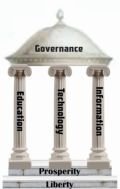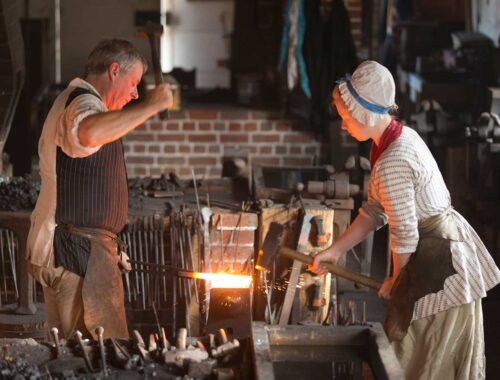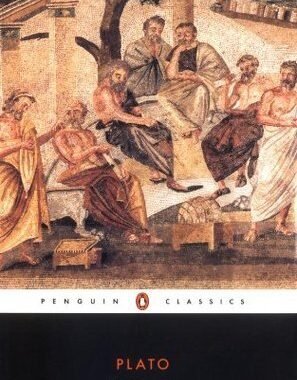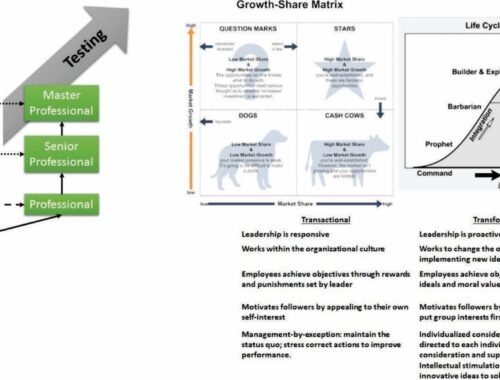Trust and Values
Abstract: First a disclaimer: I know little about Charlie Kirk or Turning Point. My only contact is through many, many emails and letters asking me to contribute to Turning Point. I never contributed, mainly because I am concerned that organizations…
The Virtuous Republic, Part 5: Reforging Virtue and the Republic
Figure Credit: Colonial Williamsburg Abstract: The previous parts in this series (Parts 1, 2, 3, 4) showed the US is neither virtuous nor a true republic. So how do we reforge the virtuous republic? We must approach this problem…
The Virtuous Republic, Part 4: Is the US Still a Republic?
Abstract: Ben Franklin replied to the question of what kind of government do we have with “A republic I you can keep it.” Over 200 years later, it looks like his concerns were warranted. The US is barely a republic…
The Virtuous Republic, Part 3: What is a Virtuous Government?
Abstract: We have a problem, one that affects all Americans, regardless of where they fall on the political spectrum. Trust in government is at historic lows, yet reelection rates in the House of Representatives is approximately 97% and over 90%…
The Virtuous Republic Part 2: What is the Best Form of Government to Secure Truth, Justice, Happiness and Free Society
Abstract: What is the optimal form of government to secure truth, justice, and happiness for citizens? I strongly suspect that the founders of the US Republic read Plato and Roman sources and were familiar with Plato’s concerns about democracy. They…
The Virtuous Republic, Part 1: What can we Learn From Attempts at Utopian SocietiesThe Virtuous Republic, Part 1: What can we Learn From Attempts at Utopian Societies
Abstract: History is littered with the remains of broken attempts at utopian societies. To the best of my knowledge, most have failed for one major reason. They rely on virtue, but do not build it into their societies. Utopian leaders…
Virtue-based Leadership, Part 6: Leader Selection and Assessment
Abstract: This part is derived from a chapter from my book, Thrive in the Age Knowledge. Leader selection and assessment is a critical leader task. Unfortunately, it is often based on technical skills or dominated by an HR process that…
Virtue-based Leadership, Part 5: Competency, Candor, and Virtue
Abstract: Is leadership a process? Processes have inputs and actions/activities that produce outputs. In virtue-based leadership, the inputs are Virtue, Competency, and Candor. The outputs are Integrity, Truth, and Trust. Table 1 in the body below provides key aspects of…
Virtue-based Leadership, Part 4: Virtue, Morality, and Ethics
Abstract: While there are similarities and crossovers between morality, ethics, and virtue, they are not the same. For me, at least, morality is essentially based on operant conditioning—reward and punishment. Ethics are based on rules and systems. Both are…
Virtue-Based Leadership: Part 3 Moral Development and Education
Abstract: We live in a society and time that seems very fluid regarding moral and ethical standards and conduct. This is especially true for people on the polar extremes of the left/right divide, but affects all of us. To make…









